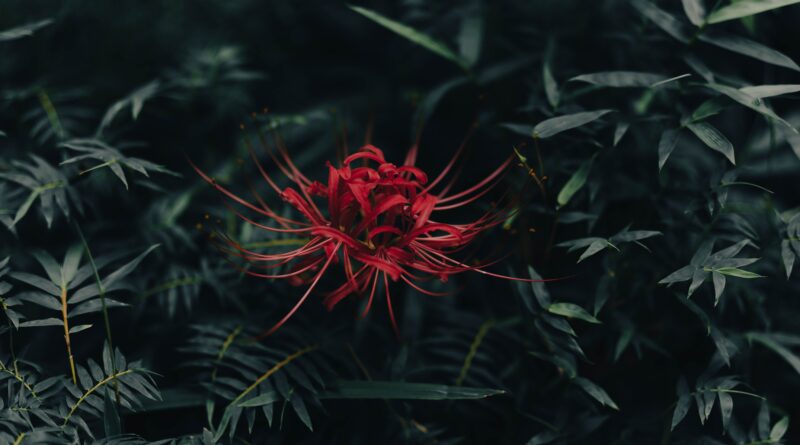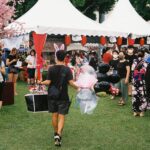Higan” and “Shigan
One week centering around the spring (autumn) equinox, that is, a period from March 17th to 23rd (from September 19th to 25th) is called “higan.”
彼岸と此岸
Japanese people often visit their ancestors’ graves among the higan week.
春分(秋分)の前後三日間、すなわち3月17日から23日(9月19日から25日)の間のことを、「彼岸」と呼びます。
Higan refers to the world where the souls of the dead live in Buddhism.
日本人は、彼岸の間によくお墓参りをします。
On the other hand, the world where we live is called “shigan.”
彼岸とは、仏教において死者の霊が住む世界を指します。
Since higan is in the west, and shigan is in the east, we think that higan and shigan are easy to connect in the spring (autumn) equinox that the sun rises directly in the East and sets directly in the West.
一方、我々の住む世界のことは此岸と呼びます。
However, actually only Japanese Buddhists visit graves in higan.
彼岸は西、此岸は東にあるとされ、太陽が真東から昇り真西に沈む春分(および秋分)は、彼岸と此岸が通じやすいと考えられています。
As one of the reasons, it is said that this tradition is the result of mixing Buddhism with Shinto that worships God of the sun.
しかし、実は彼岸にお墓参りをするのは、日本人の仏教徒だけです。




